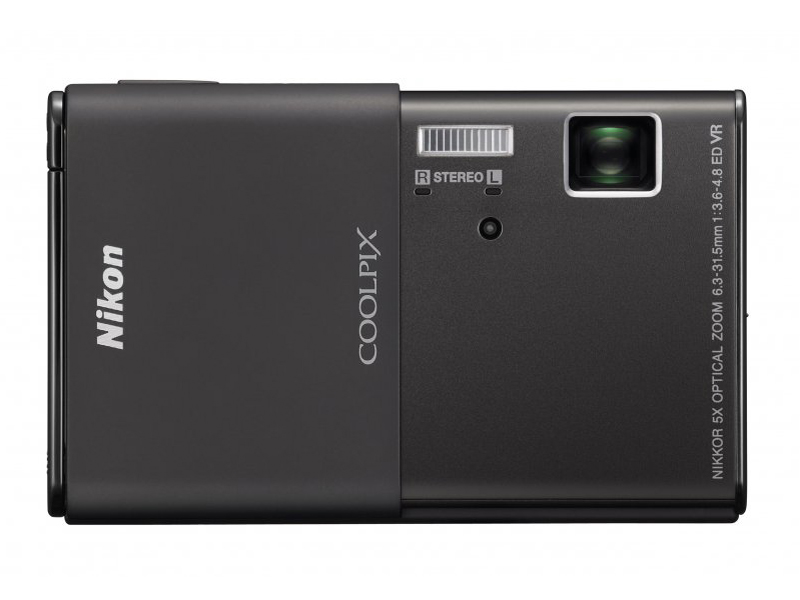Why you can trust TechRadar

In keeping with form over function the Coolpix S80 comes with a no-frills standard evaluative meter, which gives a good overall exposure balance for the majority of images, with an occasional tendency for slight over-exposure. Extreme situations fool it, but this is easily resolved by a half-press of the shutter button, locking the exposure and then recomposing or using AF/AE lock mentioned previously or by using the exposure compensation facility.
A camera like the Coolpix S80 is likely to mainly be used with its auto white balance setting selected, and it does a very good job. Scenes have an accurate and natural feel to them. There are also 5 pre-sets and a manual white-balance option should the need arise.
Overall, images are neutral with a natural contrast and the camera retains good shadow and highlight detail with minimal clipping. It is only at extremes this can be become a problem.
The 5 x optical zoom, a 35mm-175mm VR ED lens has a useful range, but would benefit from being wider at the lower focal-length - a 28mm equivalent would be ideal. Camera shake can be a serious issue with long telephoto lenses, but the 5-way vibration-reduction (VR) combination helps keeps this to a minimum.
With care it is possible to achieve good hand-held results at 1/8sec at the longest focal length. That is very impressive. Nikon has also included ED glass (used in Nikon professional lenses) to ensure images are clear and smooth with good resolution, but unfortunately colour fringing is still be a problem in some situations.
For a camera of this price noise is controlled exceptionally well through the ISO80 - ISO6400 range (ISO 3200 & 6400 files are limited to 3-million pixels) and images are still acceptable at the higher ISO settings. There is little evidence of detail 'smearing' but from ISO 1600 onward fine detail starts to lose definition due to the effect of noise-reduction. Edges appear to join smoothly together as opposed to having hard definition.
Overall the Coolpix S80 images would benefit from a small increase in sharpening, but to my mind that's better than them being too sharp as at least USM can be applied to taste. Some cameras have sharper images in the lower ISO range, but appalling image quality at the higher end. The Coolpix S80 gives images that are usable across its entire ISO range making it very practical.
Not surprisingly, the Coolpix S80 doesn't have a raw capture mode. Although this would allow users to extract more quality from images using their own noise reduction or sharpening techniques, but that would defeat the point of the Coolpix S80. It is camera about play and not work.
Current page: Nikon Coolpix S80: Performance
Prev Page Nikon Coolpix S80: Build and handling Next Page Nikon Coolpix S80: Sample and testing images